Wych Elm of Beauly Priory
After 800 years, Europe's oldest elm tree has met its end.
The picturesque ruins of Beauly Priory in Beauly, Scotland, are home to Europe’s oldest elm tree. Sadly, the tree is almost dead. The Wych Elm of Beauly Priory fell victim to Dutch elm disease, a virulent fungal infection spread by tiny bark beetles. In 2021, the tree was estimated to have less than five percent living material remaining.
This specimen of Ulmus glabra is estimated to be more than 800 years old. The priory was founded in the 1230s for an order of Valliscaulian monks. Priory records and deed documents from that time refer to the Elm already being there. Situated in a corner by the gate of the priory burying ground, the tree is also the last survivor of an avenue of Wych Elms appearing on an estate map from 1798-1800. The Beauly Elm has been recognized as a “Monumental Tree” and appears in the “Ancient Tree Inventory” of the Woodland Trust.
The tree has a startlingly surreal appearance—massive, gnarly, and heavily knotted with bare, tortured limbs extending haphazardly from its enormous trunk. With huge crown galls, whorls, and boles, its phantasmagoric appearance invokes images from both fairy tales and nightmares. The ravages of time and disease are readily apparent in its ancient, beleaguered form.
Wych (or Scots) Elm is the only Elm species native to the United Kingdom. Their hardiness makes them viable in the colder, harsher climate of the Scottish Highlands. In the 1960s, when Dutch Elm Disease arrived in southern England in a shipment of infected North American lumber, hope was that the same cooler and windier climate would protect Scotland’s Elms from the aggressive spread of the infection. The disease-carrying beetles are poor fliers and dislike the cold. Unfortunately, warmer temperatures beginning in 2018 facilitated the disease’s northward progression, and many of Scotland’s northernmost Elms have now succumbed.
Despite its demise, Historic Environment Scotland intends to maintain the Wych Elm of Beauly Priory in situ for as long as it is safe. Beloved by the town, the tree is a cultural, historical, and biological specimen that remains significant even in death.
Update: The tree has fallen down. A 3D model of the tree before its demise can be seen here.

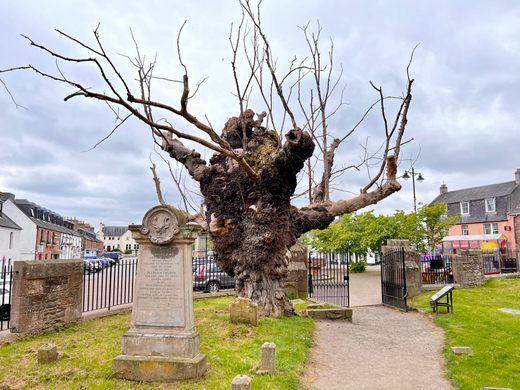
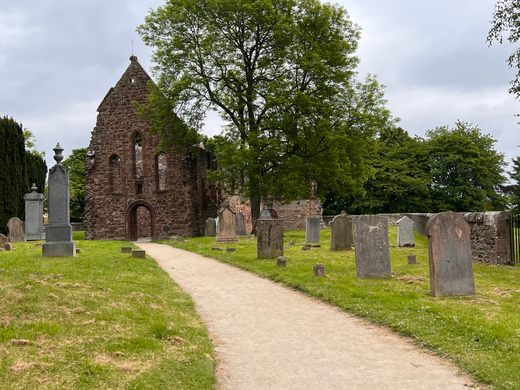
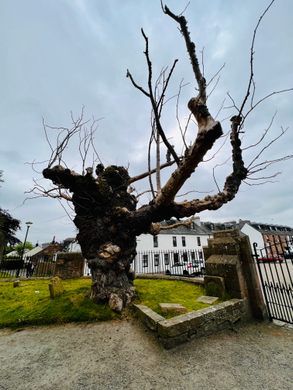


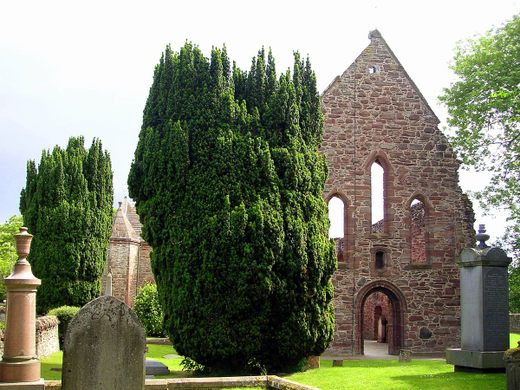
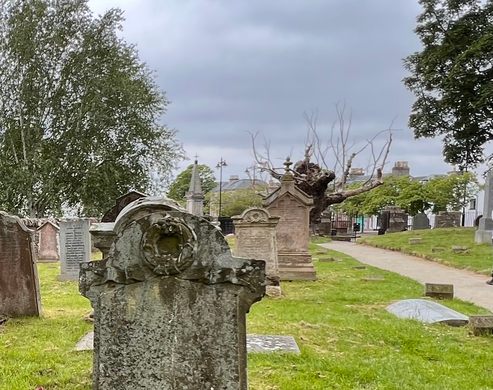
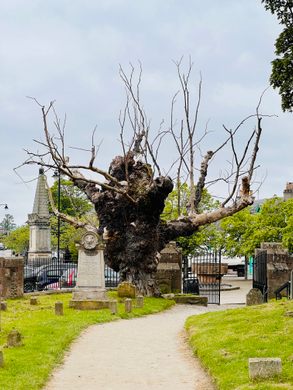
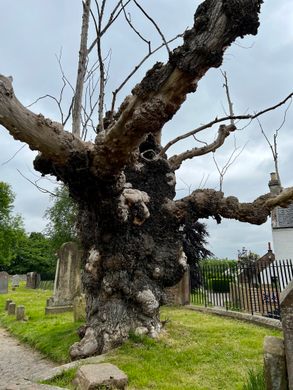
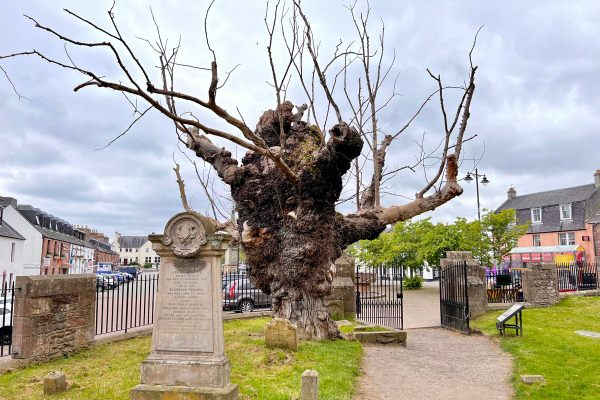







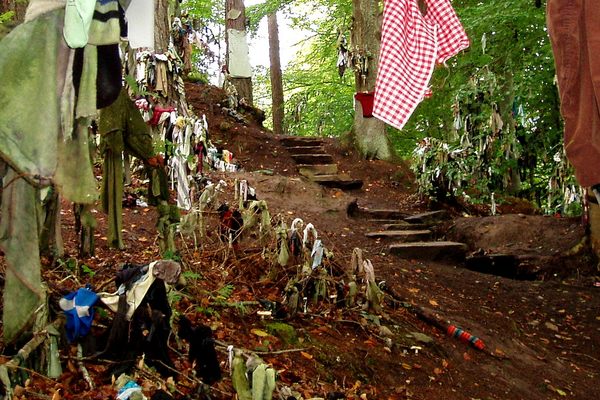
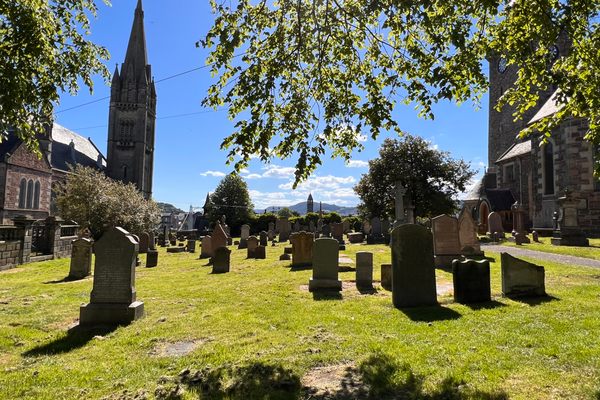




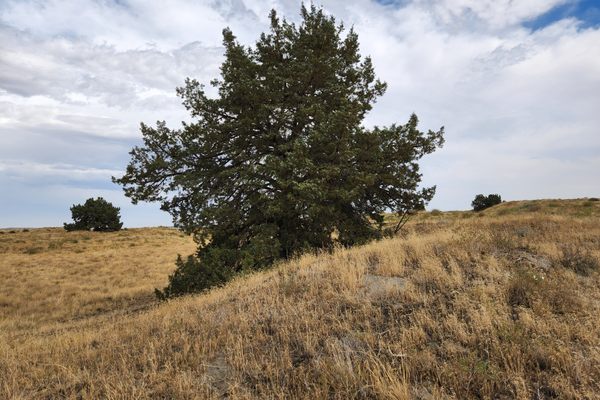

Follow us on Twitter to get the latest on the world's hidden wonders.
Like us on Facebook to get the latest on the world's hidden wonders.
Follow us on Twitter Like us on Facebook